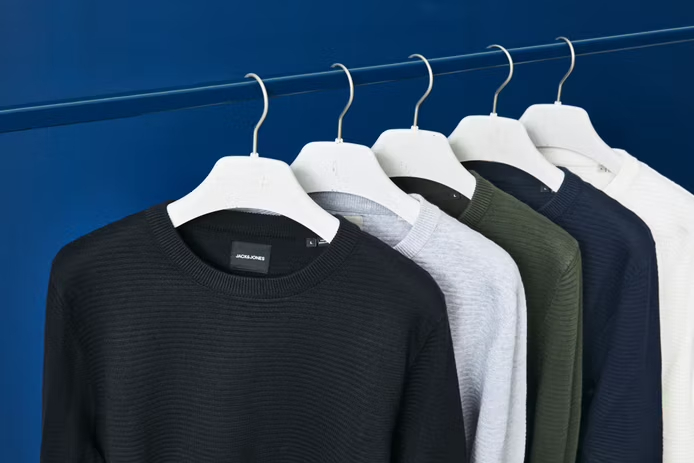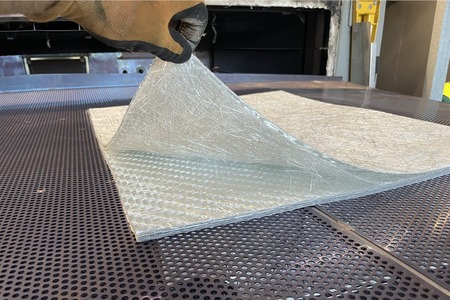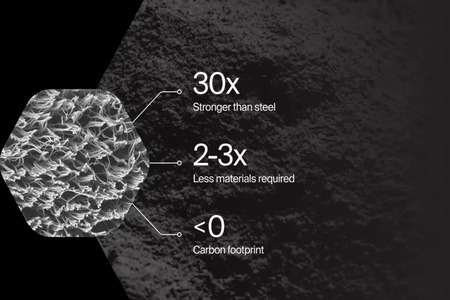
Jack & Jones to source traceable organic cotton
YarnsandFibers News Bureau 2023-02-10 07:33:49 – NoneBestseller’s biggest menswear brand Jack & Jones, has committed to securing more traceable organic cotton, in order to enhance its use of cotton purchased directly from farms.
To account for 25% of its anticipated total amount of cotton for the upcoming year, Jack & Jones will "substantially" boost the amount of cotton it sells directly to farmers in 2023. The cotton will be utilized for its NOOS (Never Out Of Stock) program, which accounts for almost half of the overall revenue for the menswear business and emphasizes styles that can be worn year-round.
For diverse NOOS styles, the brand reserved 1,500 metric tonnes of cotton lint from several direct-to-farm programs last year. It anticipates that this amount will rise to 6,600 metric tonnes in 2023, or 18.5 million cotton T-shirts.
Bestseller uses the direct-to-farm sourcing strategy to provide a safe market for organic and in-conversion cotton as well as "premium payment" for the farmers. Since obtaining organic cotton has been "difficult the past years," Bestseller saw a decline in its overall organic cotton percentage in 2022, falling from 21% in 2021 to 11% in 2022. This shows the necessity for a committed direct-to-farm approach to shift the figures for this year.
With a variety of partners, including the multi-stakeholder organization Organic Cotton Accelerator (India) and CmiA Organic (Africa), as well as dependable suppliers like Bossa (Turkey), Calik (Turkey), and Artistic Milliners, Bestseller will expand its direct-to-farm method (Pakistan).
Danique Lodewijks, senior project specialist at Bestseller, said that direct-to-farm focuses on more than just assuring the supply of organic cotton. Additionally, it's about helping farmers and enhancing their standard of living for the good of the entire neighborhood.
Market Intelligence
Ask for free sample Report

experience
Customer Base
dedicated team
Countries Served Worldwide









